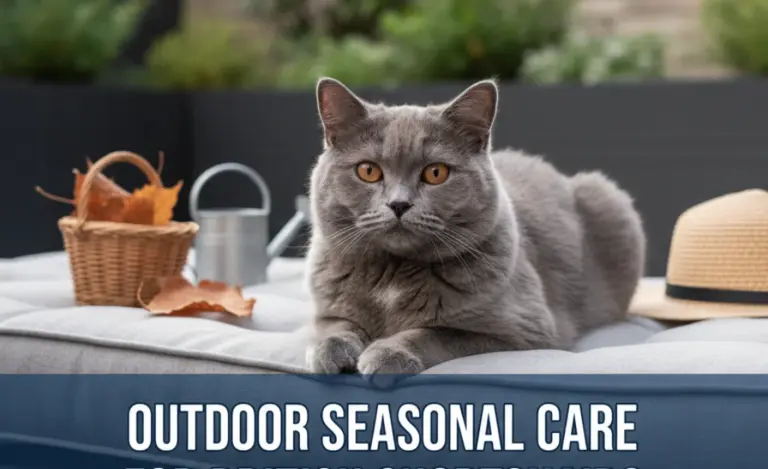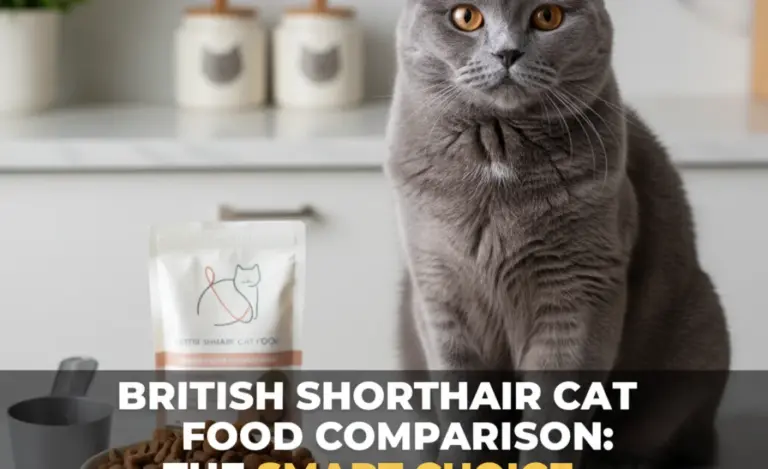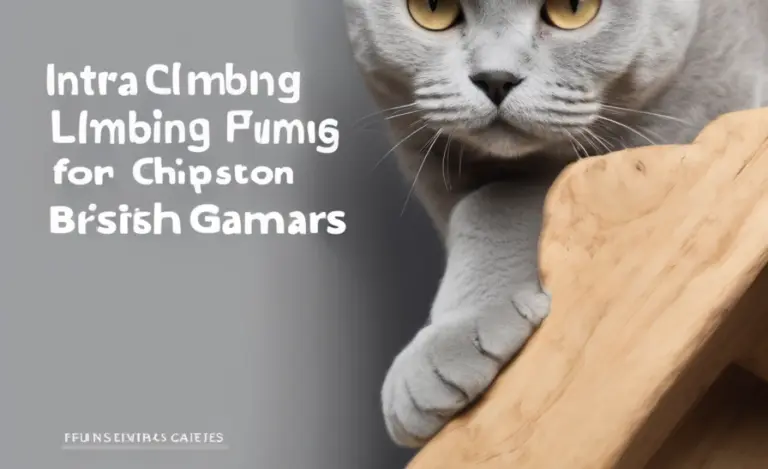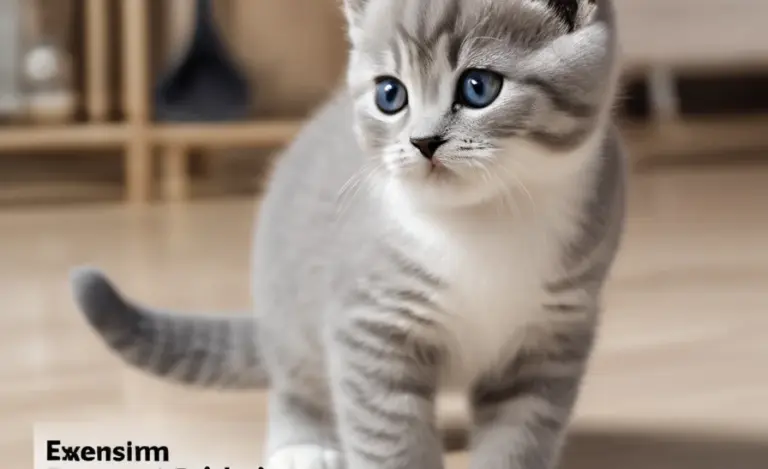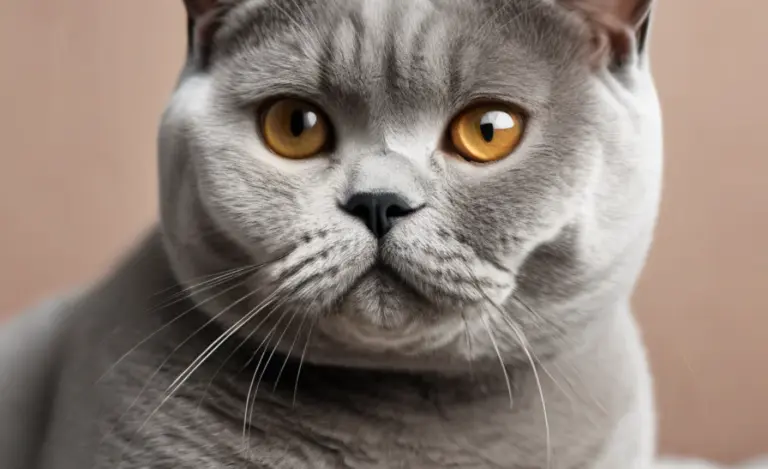Best Brushes for British Shorthair Fur: Ultimate Guide
The best brushes for British Shorthair cats are those that can manage their thick, plush coat without causing discomfort. A combination of a slicker brush to remove loose fur and a metal comb to detangle is often ideal. A grooming glove can also be helpful for everyday petting and light grooming. Regular brushing, about 2-3 times a week, will help keep their coat healthy and reduce shedding.
Is your beautiful British Shorthair leaving a trail of fur everywhere? Don’t worry, you’re not alone! These adorable cats are known for their dense, plush coats, which means they also shed quite a bit. But with the right tools and a little patience, you can keep your cat’s fur looking its best and minimize shedding around your home.
Choosing the right brush can feel overwhelming, but I’m here to guide you. In this article, I’ll walk you through the best types of brushes for British Shorthairs, how to use them, and tips for making grooming a stress-free experience for both you and your furry friend. Get ready to say goodbye to excessive shedding and hello to a happy, healthy cat!
Understanding the British Shorthair Coat
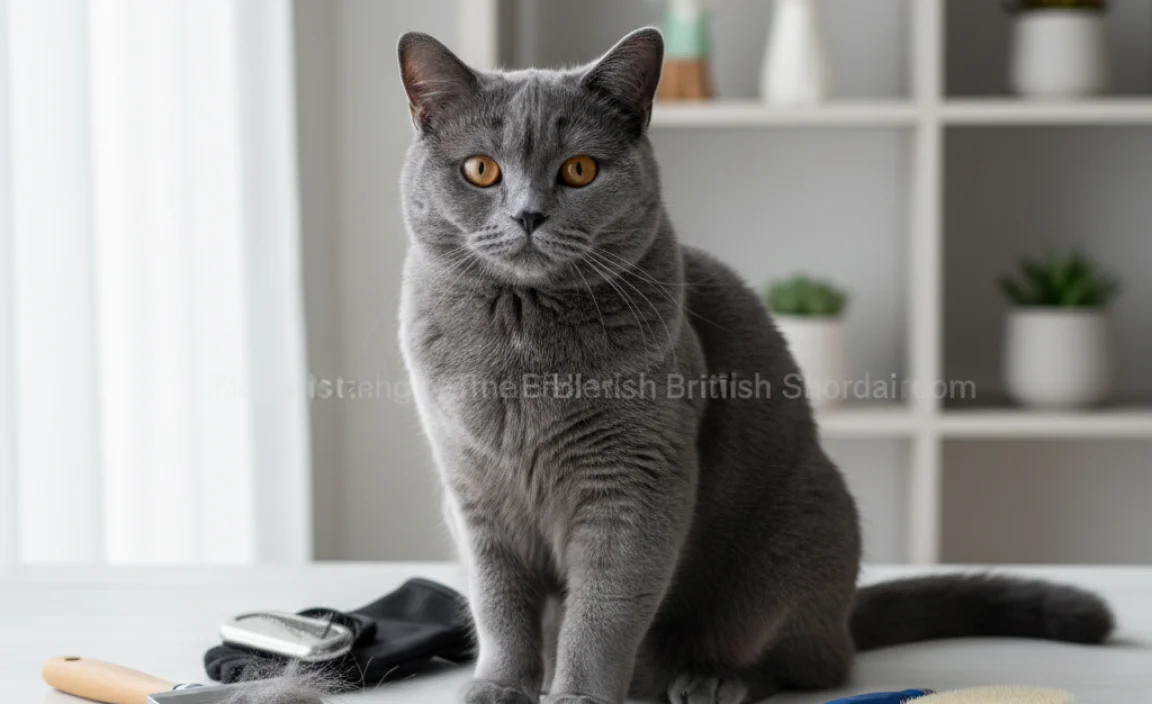
The British Shorthair boasts a unique coat that sets them apart. Before diving into the best brushes, let’s understand what makes their fur so special.
The Double Coat
British Shorthairs have a dense, double-layered coat. According to the RSPCA, double coats consist of a soft, woolly undercoat and a coarser outer coat, which helps protect them from the elements. This double layer is what gives them their characteristic plush, teddy bear-like appearance. However, it also means they’re prone to shedding, especially during seasonal changes.
Why Regular Grooming is Essential
Regular grooming is more than just about keeping your house clean. It’s vital for your cat’s health and well-being. Here’s why:
- Reduces Shedding: Brushing removes loose hair, preventing it from ending up on your furniture and clothes.
- Prevents Mats and Tangles: Regular brushing keeps the coat smooth and prevents painful mats from forming.
- Stimulates Circulation: Brushing helps stimulate blood flow to the skin, promoting a healthy coat.
- Bonding: Grooming can be a bonding experience, strengthening the connection between you and your cat.
- Early Health Check: Regular grooming sessions allow you to check for any skin issues, lumps, or parasites.
Top Brush Types for British Shorthairs
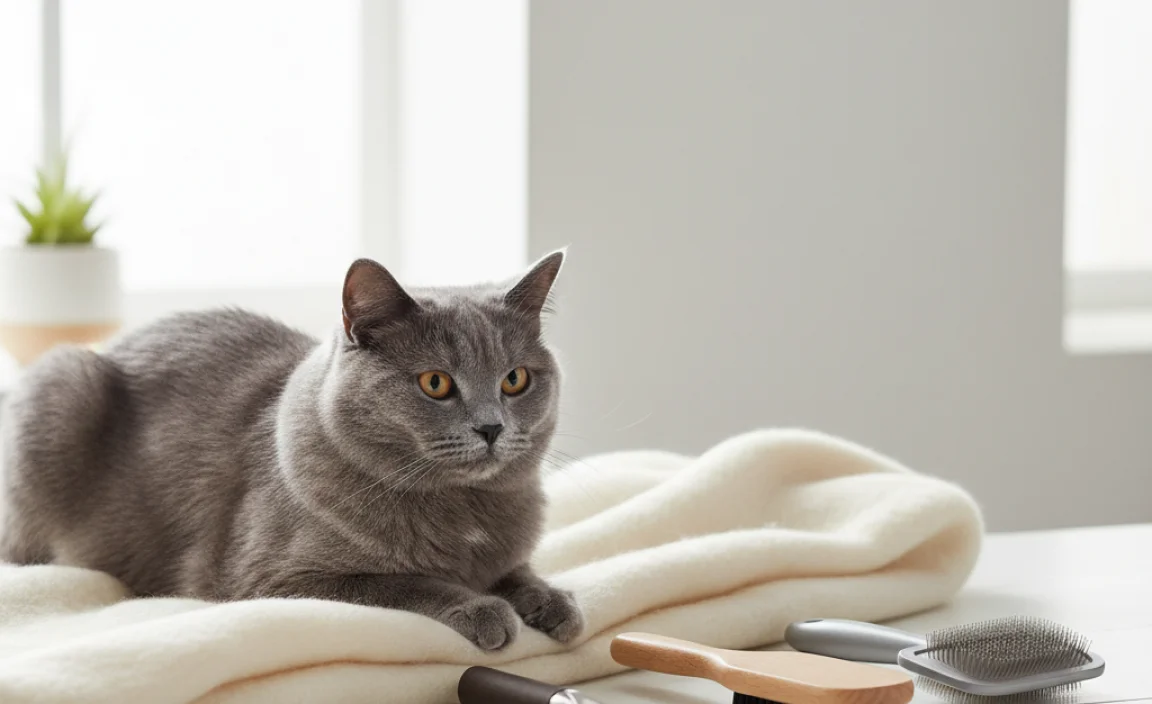
Now, let’s get to the main question: what are the best brushes for maintaining your British Shorthair’s coat? Here’s a breakdown of the most effective types:
1. Slicker Brush
A slicker brush is a must-have for any British Shorthair owner. It features fine, short wires set on a flat or slightly curved head. These bristles are designed to grab loose fur and detangle the coat.
Pros:
- Effective at removing loose fur from the undercoat.
- Helps prevent mats and tangles.
- Suitable for regular use.
Cons:
- Can be uncomfortable if used too aggressively.
- Requires gentle handling to avoid skin irritation.
How to Use:
- Gently brush in the direction of the hair growth.
- Use light pressure to avoid irritating the skin.
- Pay attention to areas prone to matting, such as behind the ears and under the legs.
2. Metal Comb
A metal comb is excellent for working through the coat to remove any remaining tangles or knots after using a slicker brush. Look for a comb with wide-set teeth and rounded tips to prevent scratching the skin.
Pros:
- Effective at removing stubborn tangles.
- Helps to distribute natural oils evenly through the coat.
- Durable and long-lasting.
Cons:
- May not be as effective at removing loose fur as a slicker brush.
- Can be uncomfortable if pulled through mats too forcefully.
How to Use:
- Start by gently combing through the outer coat.
- Work your way down to the undercoat, paying attention to any knots or tangles.
- Use a wide-toothed comb for larger mats and a fine-toothed comb for smaller ones.
3. Grooming Glove
A grooming glove is a soft, flexible glove with rubber tips on the palm. It’s a gentle way to remove loose fur while petting your cat. Many cats enjoy the sensation, making it a great option for those who are sensitive to brushes.
Pros:
- Gentle and non-intimidating for cats.
- Easy to use and clean.
- Great for everyday grooming and bonding.
Cons:
- May not be as effective as a brush for removing large amounts of fur.
- Not ideal for detangling mats.
How to Use:
- Simply put on the glove and pet your cat as you normally would.
- The rubber tips will gently grab loose fur.
- Periodically remove the collected fur from the glove.
4. Undercoat Rake
An undercoat rake is designed to reach deep into the coat and remove loose undercoat fur. It’s particularly useful during shedding season. According to the Cornell Feline Health Center, removing dead hair from the undercoat is crucial for preventing mats and maintaining healthy skin.
Pros:
- Effectively removes large amounts of loose undercoat fur.
- Helps prevent mats and skin irritation.
- Ideal for use during shedding season.
Cons:
- Can be too aggressive for cats with sensitive skin.
- Requires careful use to avoid pulling on the skin.
How to Use:
- Gently run the rake through the coat in the direction of hair growth.
- Use short, light strokes to avoid pulling on the skin.
- Focus on areas with thick undercoat, such as the chest and belly.
5. Bristle Brush
A bristle brush has tightly packed, soft bristles that help to smooth the coat and distribute natural oils. It’s a great finishing brush to use after removing loose fur and detangling.
Pros:
- Smooths the coat and adds shine.
- Distributes natural oils for a healthy coat.
- Gentle and comfortable for cats.
Cons:
- Not as effective at removing loose fur or detangling.
- Primarily for finishing and maintenance.
How to Use:
- Brush gently over the entire coat in the direction of hair growth.
- Use long, smooth strokes to distribute oils evenly.
- Ideal for daily use to keep the coat looking its best.
Choosing the Right Brush: A Quick Guide
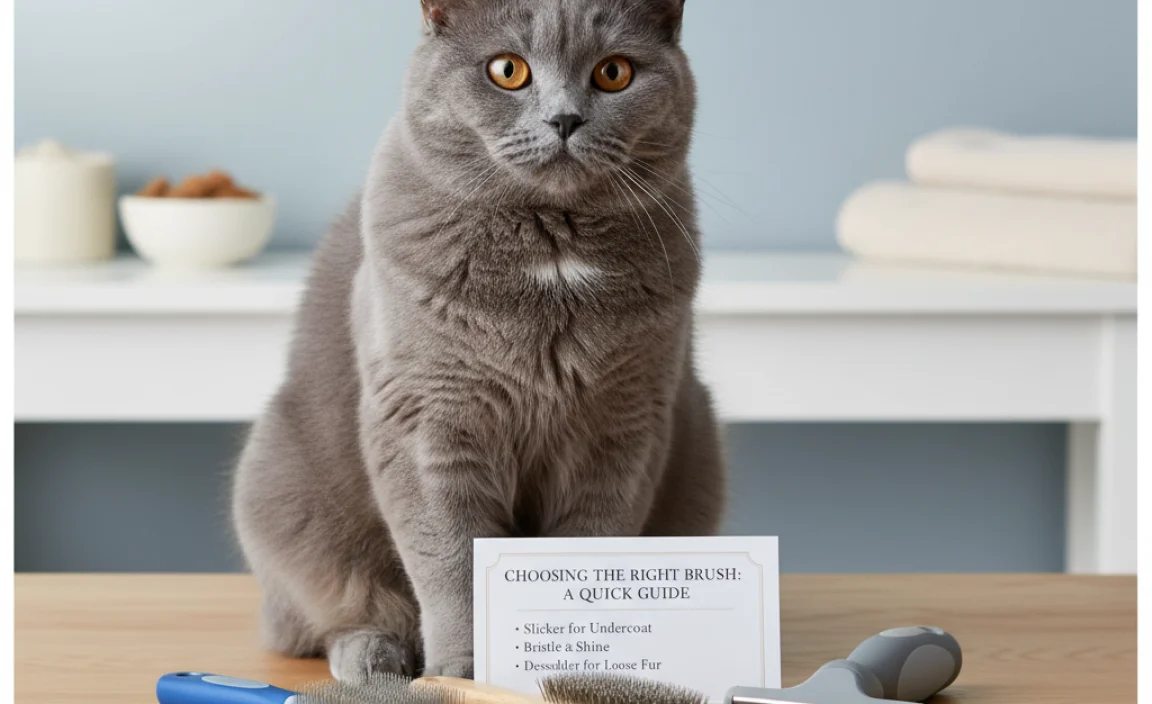
With so many options, choosing the right brush can seem daunting. Here’s a quick guide to help you decide:
| Brush Type | Best For | Frequency |
|---|---|---|
| Slicker Brush | Removing loose fur, preventing mats | 2-3 times a week |
| Metal Comb | Detangling knots, distributing oils | 2-3 times a week |
| Grooming Glove | Gentle grooming, bonding | Daily |
| Undercoat Rake | Removing loose undercoat, shedding season | 1-2 times a week (during shedding season) |
| Bristle Brush | Smoothing coat, distributing oils | Daily |
Step-by-Step Grooming Guide for British Shorthairs
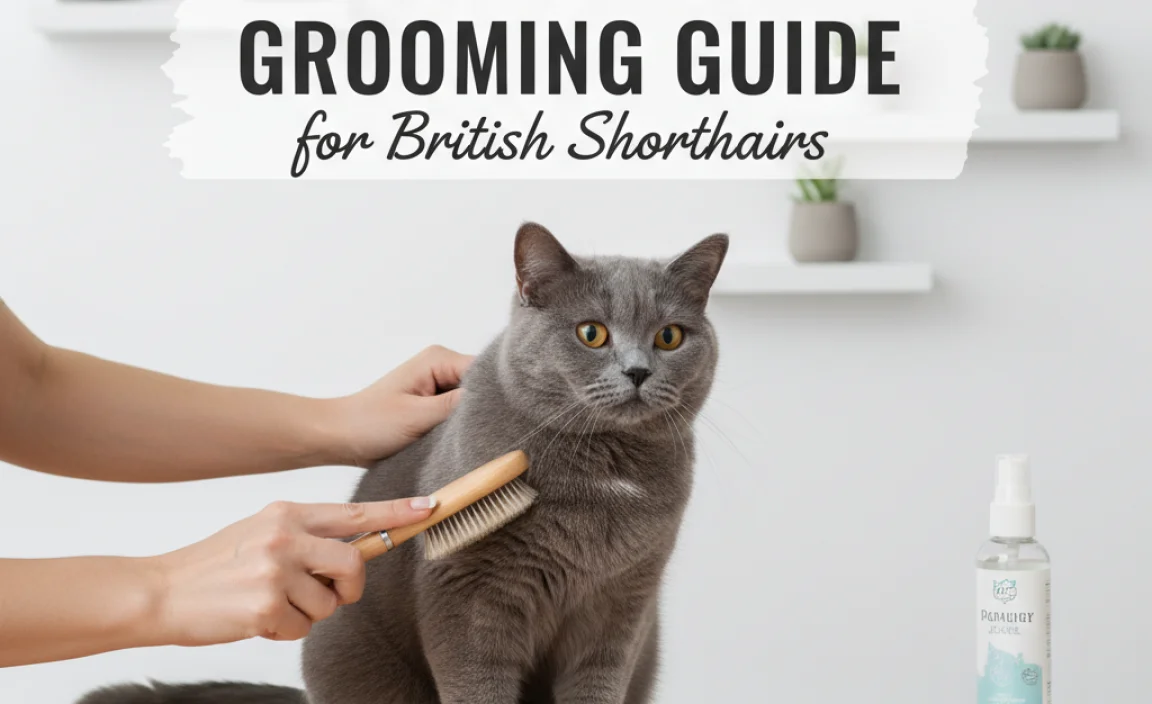
Now that you know which brushes to use, let’s go through a step-by-step guide on how to groom your British Shorthair effectively.
Step 1: Create a Calm Environment
Before you start, make sure your cat is relaxed. Choose a quiet time when they’re not feeling playful or anxious. Have all your grooming tools within reach.
Step 2: Start with a Grooming Glove
Begin by petting your cat with a grooming glove. This helps to remove some of the loose fur and get them used to the sensation of being groomed. Plus, it’s a gentle way to start the session.
Step 3: Use a Slicker Brush
Next, use a slicker brush to remove loose fur from the undercoat. Gently brush in the direction of hair growth, using light pressure. Pay special attention to areas where mats tend to form, such as behind the ears, under the legs, and around the tail.
Step 4: Detangle with a Metal Comb
After using the slicker brush, use a metal comb to work through any remaining tangles or knots. Start at the surface and gently work your way down to the skin. If you encounter a stubborn mat, use your fingers to gently tease it apart before combing.
Step 5: Remove Undercoat with a Rake (If Needed)
During shedding season, use an undercoat rake to remove any additional loose undercoat fur. Be extra gentle and avoid pulling on the skin.
Step 6: Finish with a Bristle Brush
Finally, use a bristle brush to smooth the coat and distribute natural oils. This will leave your cat’s fur looking shiny and healthy.
Step 7: Reward Your Cat
End the grooming session with a treat, praise, or playtime. This will help your cat associate grooming with positive experiences.
Tips for a Stress-Free Grooming Experience

Grooming doesn’t have to be a battle. Here are some tips to make it a more enjoyable experience for both you and your British Shorthair:
- Start Early: Introduce grooming to your cat when they are a kitten to get them used to the process.
- Be Gentle: Always use gentle, light strokes to avoid irritating the skin.
- Keep Sessions Short: Start with short grooming sessions and gradually increase the duration as your cat becomes more comfortable.
- Use Positive Reinforcement: Reward your cat with treats, praise, or playtime after each grooming session.
- Watch for Signs of Discomfort: If your cat seems uncomfortable or stressed, stop the grooming session and try again later.
- Choose the Right Tools: Using the right brushes and combs can make grooming more efficient and comfortable.
- Stay Consistent: Regular grooming is key to maintaining a healthy coat and preventing mats.
Dealing with Mats and Tangles
Even with regular grooming, mats and tangles can still occur. Here’s how to handle them:
- Prevention is Key: Regular brushing is the best way to prevent mats from forming.
- Gentle Detangling: Use your fingers to gently tease apart the mat before using a comb.
- Mat Splitter: For larger mats, consider using a mat splitter to carefully cut through the mat without pulling on the skin.
- Professional Groomer: If you’re unable to remove the mat yourself, consult a professional groomer.
When to Seek Professional Help
Sometimes, despite your best efforts, your cat may need professional grooming. Here are some situations where seeking professional help is a good idea:
- Severe Mats: If your cat has severe mats that you can’t safely remove at home.
- Skin Issues: If you notice any signs of skin irritation, redness, or infection.
- Aggressive Behavior: If your cat becomes aggressive or extremely stressed during grooming.
- Senior Cats: Older cats may have difficulty grooming themselves and benefit from professional help.
FAQ About Brushing British Shorthairs
Here are some frequently asked questions about brushing British Shorthairs:
How often should I brush my British Shorthair?
You should aim to brush your British Shorthair 2-3 times a week to keep their coat healthy and minimize shedding. During shedding season, you may need to brush them more frequently.
What is the best brush for removing loose fur?
A slicker brush is excellent for removing loose fur from the undercoat, while a grooming glove can be used for gentle, everyday grooming.
How can I prevent mats from forming?
Regular brushing is the best way to prevent mats. Pay special attention to areas prone to matting, such as behind the ears and under the legs.
What should I do if my cat hates being brushed?
Start slowly and use positive reinforcement. Keep grooming sessions short and reward your cat with treats or praise. You can also try using a grooming glove, which many cats find less intimidating than a brush.
Can I use human shampoo on my British Shorthair?
No, you should only use shampoos specifically formulated for cats. Human shampoos can be too harsh and may irritate your cat’s skin. Always consult with your vet before using any new grooming products.
How do I know if I’m brushing too hard?
If your cat shows signs of discomfort, such as pulling away, hissing, or scratching, you’re likely brushing too hard. Use light pressure and gentle strokes.
What is shedding season, and when does it occur?
Shedding season is when cats shed more heavily than usual. It typically occurs in the spring and fall as they adjust to changes in temperature and daylight. During these times, more frequent grooming is necessary.
Conclusion
Grooming your British Shorthair doesn’t have to be a chore. With the right brushes and techniques, you can keep your cat’s coat looking its best while strengthening your bond. Remember to be patient, gentle, and consistent, and always prioritize your cat’s comfort. By following these tips, you’ll be well on your way to a happy, healthy, and beautifully groomed British Shorthair. Happy brushing!

